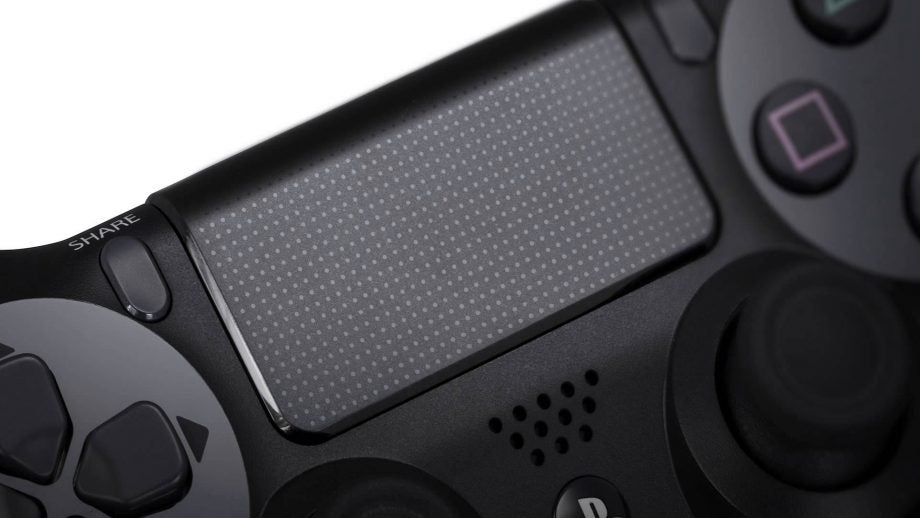Here’s everything revealed during the big PS5 event

Today saw Sony host its “Road to PS5” event which finally had the company unveil the specs of its next-generation console.
Following very closely in Microsoft’s footsteps, who unveiled specific components of the Xbox Series X earlier this week, Sony is ready and waiting to go up against the competition.
The presentation itself wasn’t exactly consumer-facing, diving deep into the technical jargon of gaming hardware and development that some of it was rather difficult to keep up with.
However, at the core of it sat what we’d been waiting for: confirmation of how powerful the PS5 will be, and what exactly the PS4’s younger sibling will be capable of later this year.
We’ve listed all of the specifications below, comparing them directly with PlayStation 4, so you’ve a solid idea of how much more powerful PS5 will be when compared to the 2013 machine.
| PlayStation 5 | PlayStation 4 | |
| CPU | 8x Zen 2 Cores at 3.5GHz (variable frequency) | 8x Jaguar Cores at 1.6GHz |
| GPU | 10.28 TFLOPs, 36 CUs at 2.23GHZ (variable frequency) | 1.84 TFLOPs, 18 CUs at 800MHz |
| GPU architecture | Custom RDNA 2 | Custom GCN |
| 16GB GDDR6 / 256-bit | 8GB GDDR5 / 254-bit | |
| Memory bandwidth | 448 GB/s | 176 GB/s |
| Internal Storage | Custom 825GB SSD | 500GB HDD |
| IO Throughput | 5.5GB/s (RAW), Typical 8-9 GB/s (Compressed) | Approx 50-100MB/s (dependent on data location on HDD) |
| Expandable Storage | NVMe SSD Slot | Replaceable internal HDD |
| External Storage | USB HDD Support | USB HDD Support |
| Optical Drive | 4K UHD Blu-Ray Drive | Blu-Ray Drive |
There’s some interesting observations to be made from these specs. The SSD will allow the console to read and load data far quicker than anything before it. You’ll be able to load and install applications with ease. In fact, it will be 100 times faster than a standard PS4.
Mark Cerny said during the presentation that tasks such as installing patches and loading between scenes in a game will be seamless, so much so they’ll need to change how games are made to address such an increase in speed.
SSD drives won’t be proprietary either, so you can purchase standard ones and expand your storage without any trouble. This is a nice change from Sony, who are infamous for such things (we’re looking at you, PS Vita).
The GPU will support ray tracing at a base level, but developers can choose whether or not they wish to make use of such features. It isn’t essential, and we honestly expect first-party blockbusters to make use of this feature more than anything else.
PS5 will be backwards compatible with previous generations. Sony has confirmed the GPU itself will incorporate “Legacy Modes” for PS4 and PS4 Pro which allow developers to create PS4 titles for PS5 without losing any functionality.
Related: Best PS5 Games
They will run at boosted frequencies, hinting at increased visual fidelity and performance. According to Mark Cerny, PS5 will support the “top 100 PS4 games at launch,” and it remains unclear whether this will refer to specific updates or general support in its entirety.
PS5 will support virtual reality, with Mark Cerny expanding upon the medium and how it will expand on the new console thanks to improved audio and visual capabilities. There was no word on a new headset, but we imagine such a thing will surface in the coming months.
Like we expected, there was no glimpse at the console itself or trailers for upcoming games. This was a developer focused presentation, but certainly teased what we can expect from the hardware going forward. For now, keep an eye on Trusted Reviews for all the latest news.


